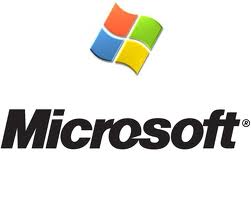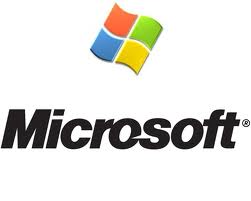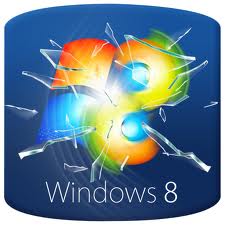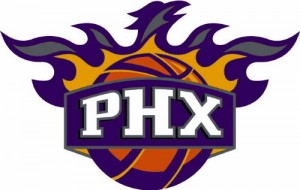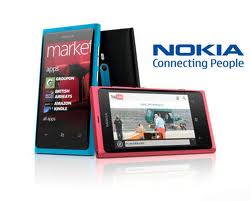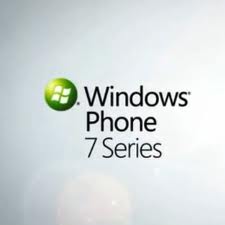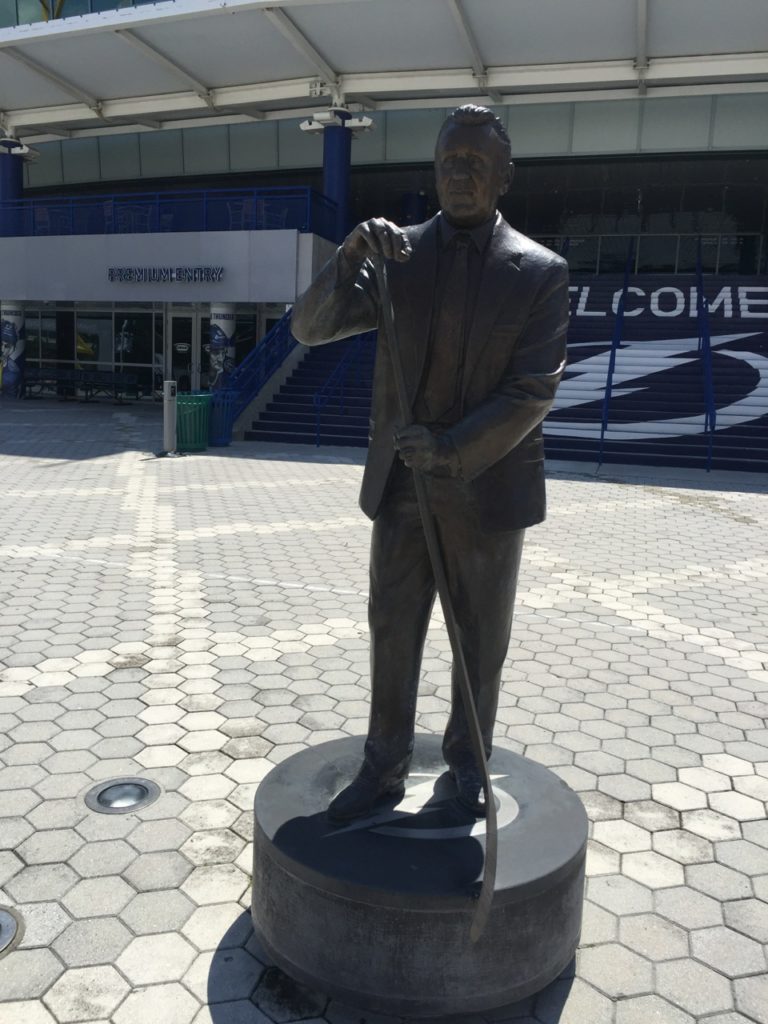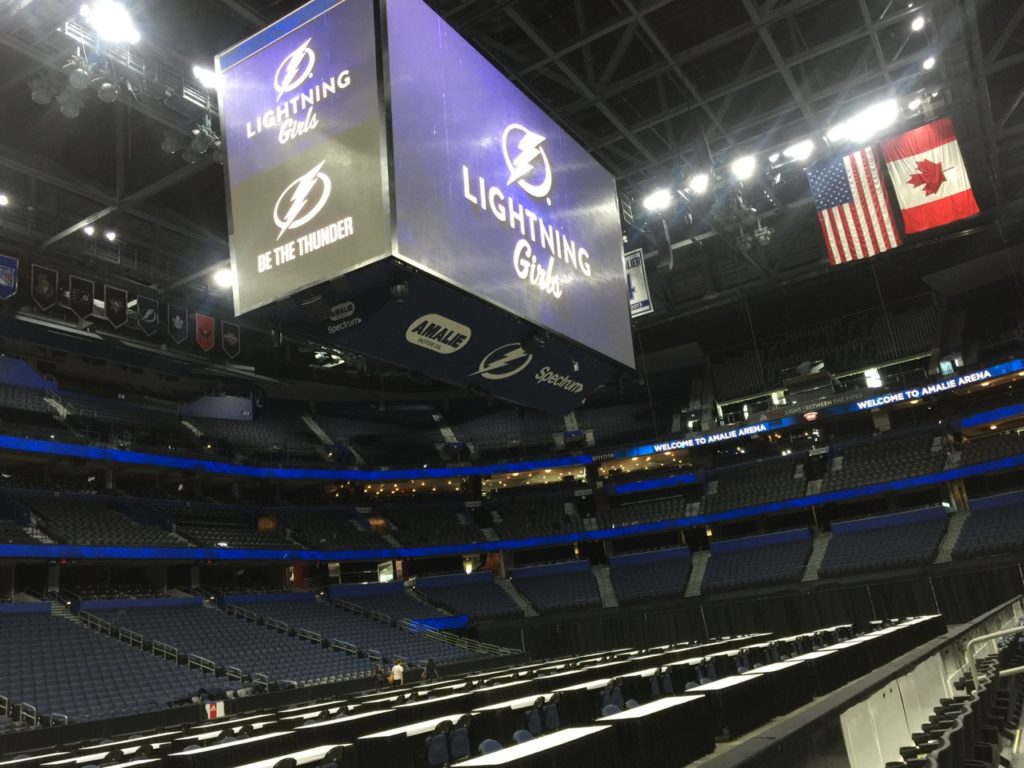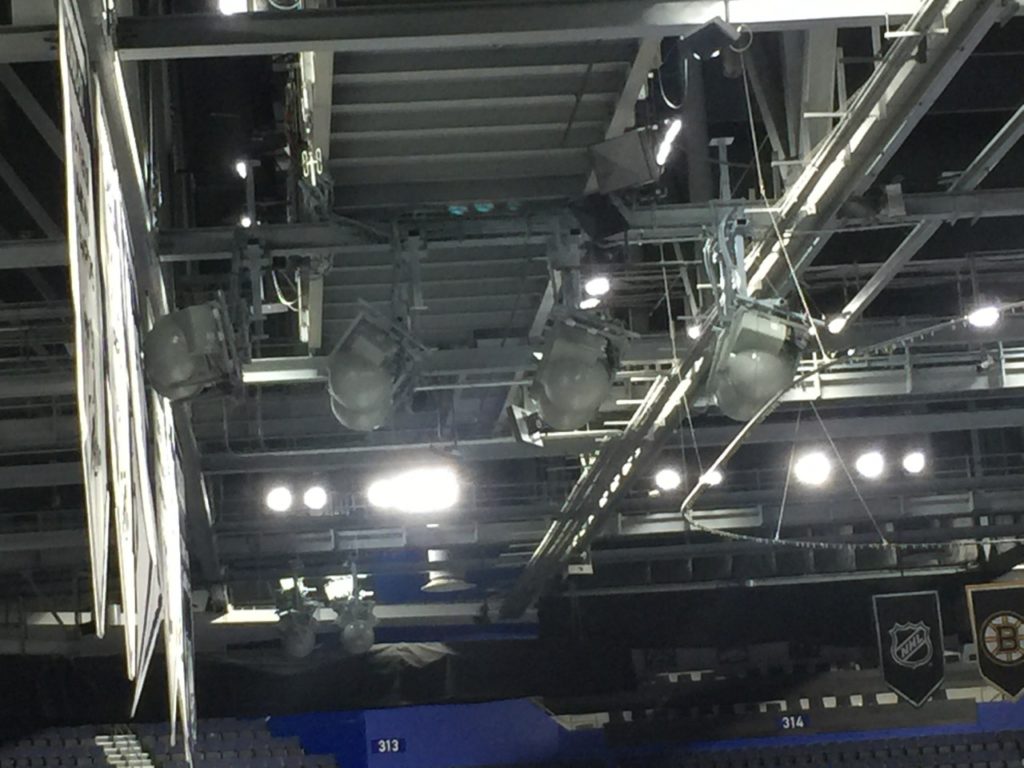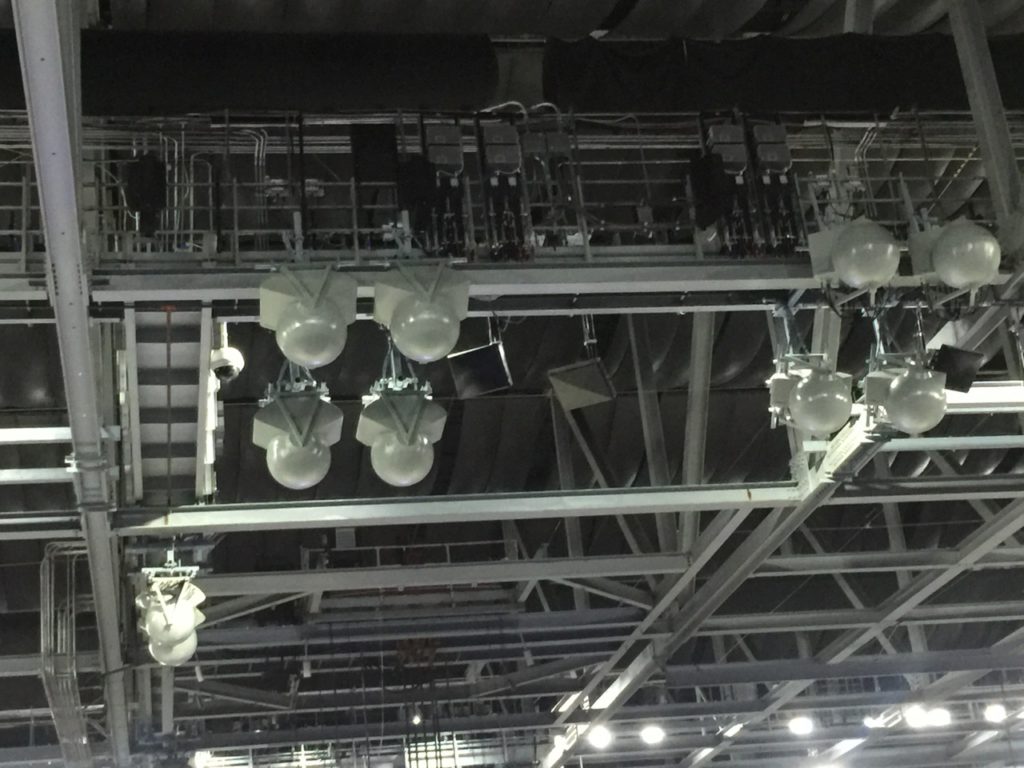Yesterday Microsoft sold $550 million worth of patents to Facebook. The deal is somewhat surprising since just days earlier Microsoft had spent $1 billion on those and other patents when it purchased them from AOL.
Why not let Facebook simply purchase them from AOL itself? As Facebook’s $1.1 billion purchase of Instagram showed the company does not lack the resources to go out and quickly make a high dollar deal.
Well the devil is in the details and it looks like the two giants are looking to use this deal to help immunize themselves from at least a portion of the patent lawsuit virus that seems to be plaguing hi tech these days.
Facebook gets approximately 645 of the 925 AOL patents that Microsoft acquired, but it also gets a license to the rest of the patents that Microsoft owns and Microsoft has a license to use the patents that it just sold to Facebook.
Microsoft said that this enables it to recoup half of the cost of the deal will still achieving its goal of having unfettered access to the AOL patents. However the New York Times, among others, positions the deal as a tool that will also help the two against Google.
Google increasingly competes with both companies with everything from Google Plus to free apps. With its purchase of Motorola Mobility it will have a significantly enhanced patent portfolio as well. It really looks like the conflict between the Microsoft/Facebook alliance against Google could get heated.
